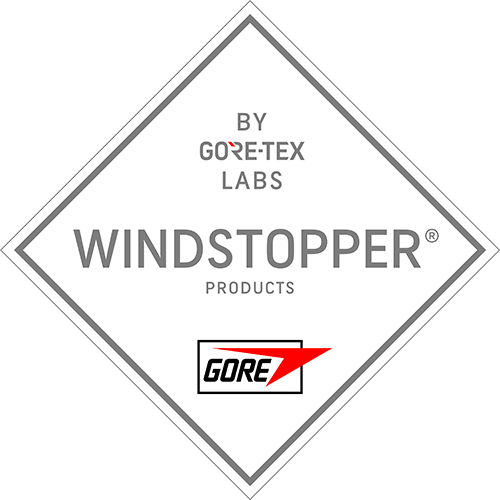Ah, no. First, the company is W. L. Gore and Associates and the product is Gore-Tex. I know folks that have worked there for years, they are all known as Associates. Gore-Tex is an expanded polytetrafluoroethylene (ePTFE) membrane produced by stretching a film to create the microporous membrane. I believe they enhance the stretching of the film by impregnating with solvents. Gore uses a special grade of high molecular weight PTFE (think of it as fluorinated ptex) made exclusively for them first by DuPont and now Chemours when it was spun off as a chemicals business. Back in the day, we used ePTFE as a reinforcement for fuel cell membranes based on Nafion, a specialty PTFE copolymer. I worked on the PTFE copolymers for that project.For those that don't know Goretex comes from the Telecommuications industry as a bi-product. The fibre is comes from the Dielectric material of a nitrogen injected polypropylene foam used to increase the velocity factor of coax (speed % of the speed of light). The bi-product is the foam (which is still used as designed) by in Fabric as a thin thread we now know as Goretex.
The GORE-TEX Membrane: What it is, how it works and why you need it
The GORE-TEX membrane: you know it’s got something to do with why everything in the original GORE-TEX products range is waterproof, windproof, and breathable. But do you know what it is, exactly? Or how it works? Don’t worry if not—you’re in the right place. We’re going to tell you everything...
DuPont passed on the cables and Gore-Tex business and let Bob Gore take it out on his own since they thought of PTFE as a chemicals business. I never understood this as I started in Fibers Dept., which made similar kinds of products like Tyvek, a microporous polyethylene spun-bonded fabric that I'm sure you all know as well. The fellow (Herb Blades) that invented Tyvek also invented the spinning process for Kevlar fiber. I got to meet him once after he had retired, just a humble, unassuming, creative guy.



